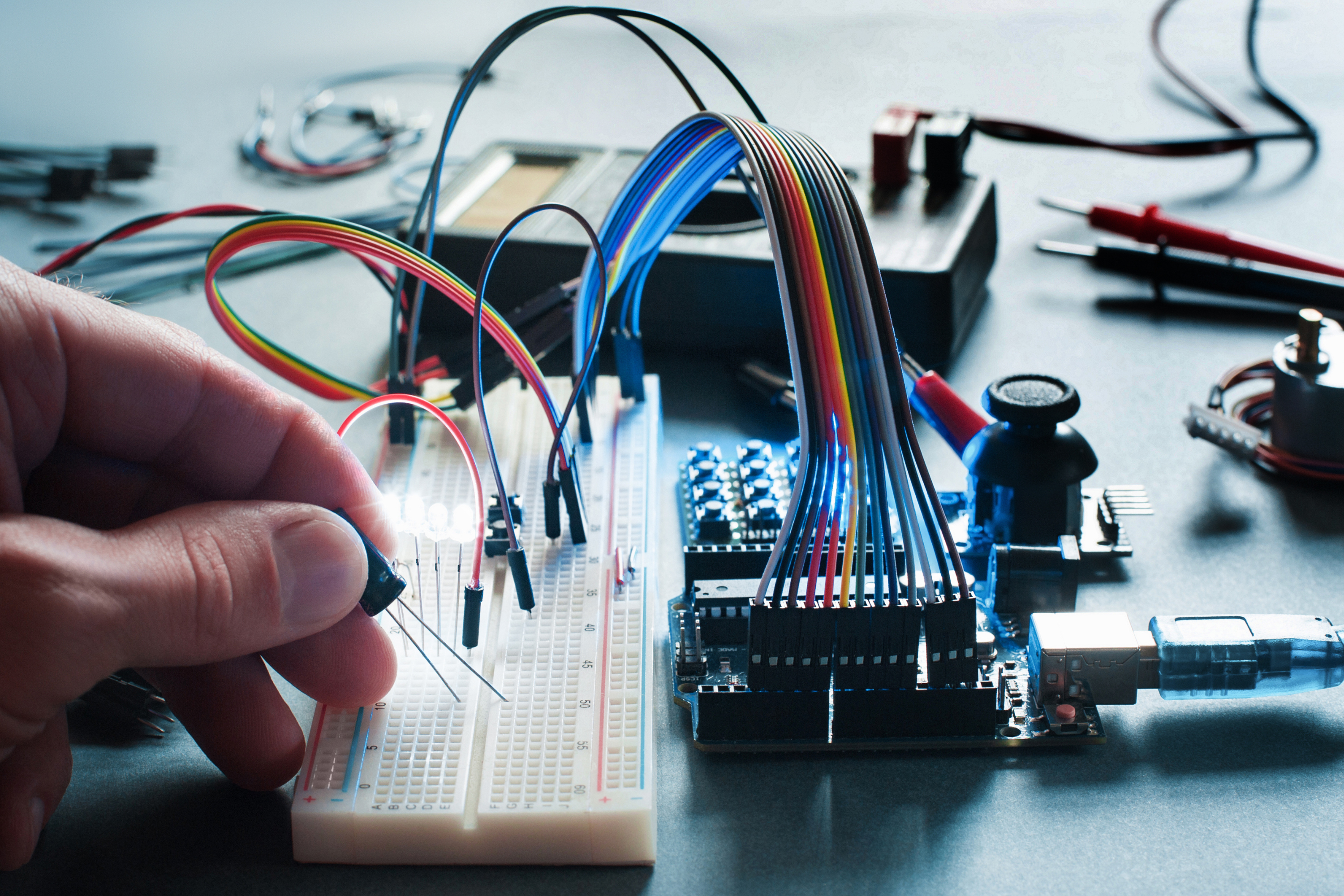Pramit Rajkrishna, Director of Solution Consulting, shares his insight from both this role at Sitation but also from his high-tech industry experience.
In the ever-evolving electronic components industry, where precision and adaptability are not just buzzwords but prerequisites for success, the role of Product Information Management (PIM) takes center stage. PIM involves the intricate task of organizing and overseeing all the data, content, and materials needed to effectively market and sell electronic products. However, within the complex realm of electronic components, cross-referencing emerges as a pivotal element, particularly due to the presence of alternative or substitute components made by different manufacturers with varying specifications.
The Crucial Role of Cross-Referencing
Cross-referencing in PIM is akin to the conductor of a well-orchestrated symphony, harmonizing a multitude of electronic components and ensuring they work in unison. Its fundamental purpose is simple yet profound: to allow seamless interchangeability between different parts and components. This means that a component from one manufacturer can be effortlessly replaced by an identical or similar part from another manufacturer without causing compatibility issues.
The implications of effective cross-referencing are far-reaching, especially in an industry where innovation is relentless and production timelines are critical:
1. Efficiency Boost: Cross-referencing streamlines the sourcing, manufacturing, and product maintenance processes by facilitating easier component search and replacement. This translates into heightened efficiency in production workflows, enabling companies to meet demanding deadlines.
2. Supply Chain Resilience: In the high-tech sector, supply chain disruptions can bring production to a standstill. Cross-referencing acts as a safety net, offering alternative options when certain components become obsolete or temporarily unavailable. This resilience ensures that production continues unhindered.
3. Customer Satisfaction: High-tech companies cater to a diverse clientele, each with unique requirements and specifications. Cross-referencing, especially customer-specific cross-referencing, ensures that products can be tailored to meet these specific demands. This level of customization boosts customer satisfaction and loyalty.
Categorizing Cross-Reference Information in PIM
To harness the full potential of cross-referencing within PIM for electronic components, it’s essential to categorize cross-reference information effectively. Here are the primary categories:
1. Manufacturer Cross-Reference: This category links identical or equivalent parts from different manufacturers. It proves invaluable when a specific component is discontinued or temporarily unavailable, offering alternative options that won’t compromise the product’s performance.
2. Internal Cross-Reference: Internal cross-referencing is about linking various identifiers used within the organization to refer to the same part. It’s particularly helpful for teams such as procurement, design, and production, as they can use their preferred terminology or identification while still referring to the same component.
3. Customer Cross-Reference: This category creates a vital link between customer-specific part numbers and an organization’s internal part numbers. It streamlines sales, support, and enhances overall customer satisfaction by ensuring that products align with the specific needs of each customer.
Best Practices for Effective Cross-Reference Management in PIM
Efficient cross-reference management isn’t just about recognizing its importance; it’s also about implementing best practices to ensure its efficacy:
1. Data Standardization: Standardizing data formats and terminologies across all information systems is key. Consistent use of identifiers, such as manufacturer part numbers and MPNs, ensures effective cross-referencing. This standardization creates a common language for all teams within an organization.
2. Automated Data Collection and Integration: The sheer volume of data involved in cross-referencing is significant. Automating the collection and integration of data from various sources, such as supplier catalogs, product datasheets, and manufacturer websites, significantly speeds up the cross-referencing process while ensuring data accuracy.
3. Data Validation and Cleaning: To maintain the accuracy of cross-reference information, it’s essential to implement processes for regular data validation and cleaning. This reduces errors, keeps cross-reference information current, and ensures the data’s reliability. After all, a small error can lead to significant issues in the production process.
4. PIM Software: Investing in PIM software that supports comprehensive cross-referencing is a strategic move. It should empower users to easily link, search, and replace parts, visualize relationships, and manage large volumes of cross-reference data efficiently. Modern PIM solutions offer features that make cross-reference management intuitive and seamless.
5. User Training: A tool is only as effective as the person using it. Therefore, it’s imperative to train users on how to use cross-reference tools effectively. This empowers them to utilize the PIM system to its full potential and reduces errors, ensuring a smoother production process.
6. Data Security: With sensitive cross-reference data, such as proprietary part numbers and customer-specific identifiers, it’s essential to implement stringent data security measures to protect this information from unauthorized access. Security breaches could compromise the integrity of cross-reference data, leading to potential issues in production.
By adhering to these best practices, high-tech organizations can bolster their supply chain resilience, reduce sourcing and manufacturing delays, improve product compatibility, and ultimately enhance customer satisfaction. In the ever-evolving landscape of electronic components, efficient cross-reference management becomes a strategic advantage, ensuring adaptability and success in the fast-paced world of high technology. In an industry where every second counts and innovation knows no bounds, mastering cross-referencing is a leap towards seamless production and satisfied customers.
Learn more about how we can help you optimize your PIM to maximize the value of cross-referencing.





